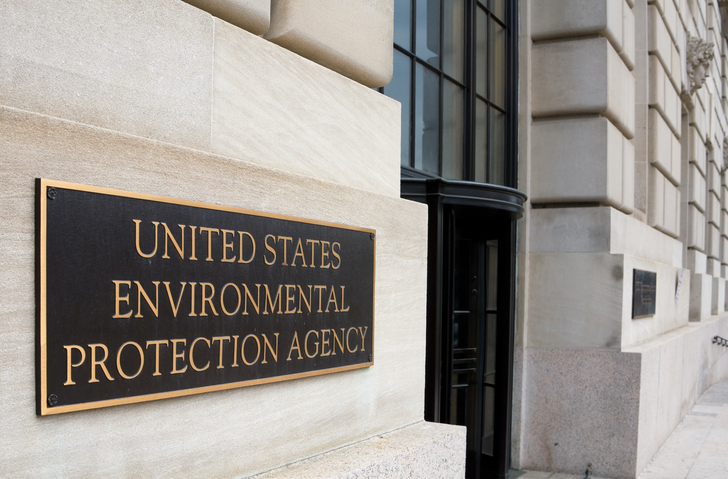PFOA and PFOS, the most notorious compounds in the PFAS family, still contaminate many areas of the country despite being phased out of production (PFOS was phased out in 2002, and PFOA by 2015/2016.) Although human studies have shown these chemicals to be of little toxicity, there are many animal studies that reveal these chemicals to be highly toxic. It’s not surprising then that there is a growing groundswell of advocacy behind federal regulation of these chemicals. And if the scientific uncertainty surrounding PFAS wasn’t …
Continue Reading









